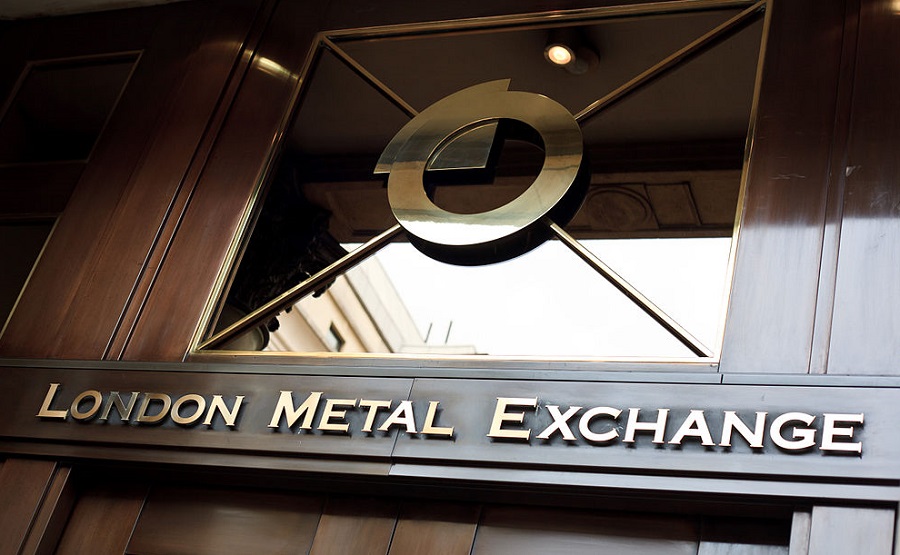
The London Metal Exchange expects three more clearing members to join its precious metals contracts by year-end and is looking to expand trading around its gold and silver reference prices, Chief Executive Matthew Chamberlain told Reuters on Tuesday.
Adding further clearing members is a top priority for the exchange as it looks to expand volumes on LME precious, the suite of gold and silver spot and futures it launched in July, Chamberlain said.
“We have three clearing members who are in the testing environment now,” he said. “They have done all their documentation and are now configuring their systems to be ready to go. I’ll be very disappointed if those three weren’t publicly announced and publicly trading in the next couple of months.”
“Through the first half of next year I’d say there are another six clearing members who are very seriously looking at it,” he said at the Reuters Global Commodities Summit.
LMEprecious has 11 clearing members, including Goldman Sachs and Morgan Stanley. Most are members of EOS Precious Metals, a company set up to develop the contracts, which has a 50:50 revenue-sharing deal with the LME.
One of the six to be added next year, Chamberlain said, could be one of the “Big Four” gold market institutions not currently involved in LMEprecious – JPMorgan, HSBC, UBS and ScotiaMocatta.
JPMorgan and HSBC declined to comment. UBS and ScotiaMocatta did not immediately respond to requests for comment.
Chamberlain would not be drawn on the level of volume growth the exchange is targeting in the near term. He said he was “very happy” with current volumes of trades going through LMEprecious, which averaged around 700,000 ounces of gold and 5.8 million ounces of silver a day in September.
“We always saw this as a three-step process,” he said. “The first step was getting the product up and running, having the EOS members make markets and seeing them trade among themselves. The second, which I was surprised by the speed of, was getting third-party clients and non-EOS members coming in and trading.”
“The third, which is where we are really pushing through the fourth quarter, is getting other clearing members signed up.”
Chamberlain said the LME also wanted to extend market-making activities on LMEprecious into Asian trading hours next year. That is likely to happen through current market-makers’ Asian operations and new members added in the region, he said.
The LME is one of a number of institutions that have expanded their presence in precious metals this year, with Intercontinental Exchange (ICE) also launching gold futures contracts.
Its ICE Benchmark Administration arm runs the auctions for the industry standard LBMA Gold and Silver Price benchmarks, after it won a bidding process to operate the latter this year over the LME.
LMEprecious has also begun producing gold and silver reference prices at 10:30 a.m., midday and 3 p.m. London time, coinciding with the times at which the LBMA gold and silver prices are set.
As of mid-2018 participants will be able to trade at those prices, Chamberlain said, with technology being developed to match buy and sell orders for execution at the settlement price.
“Benchmarks take a long time to evolve,” he said. “What we can do is put in place the infrastructure, show that we have day after day of robust prices, but ultimately it is for end-users to decide what they want to use.”
“Pricing is sticky. So when you’re the aspirant it means there’s a bit of an uphill march,” he said. “But we know there are people who want this to succeed.”
The LME already runs the LBMA Platinum and Palladium Price benchmarks. It plans to launch platinum and palladium contracts on LMEprecious by early 2019, Chamberlain said. (By Jan Harvey, Peter Hobson)